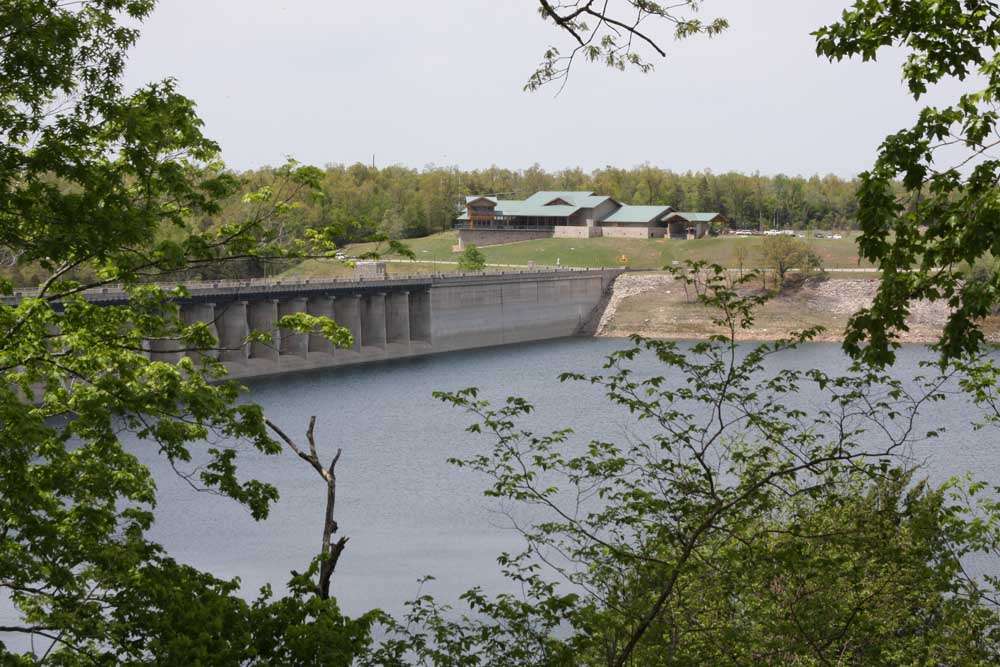
Q: Are structure and cover the same thing?
If you read a lot of fishing magazines or watch a lot of fishing television shows, you've doubtlessly read or heard someone use the terms "structure" and "cover" interchangeably.
Well, structure and cover are not the same thing. They are very different, and using the terms correctly is important because it avoids unnecessary confusion and leads to a greater understanding of the sport and bass.
Let's start with some definitions.
"Structure" consists of contour changes on the lake or stream substrate. Examples of structure include channels, dropoffs, flats and points.
"Cover" is an object or objects like vegetation, a stump, rock, boat dock or bridge piling that creates an ambush point for a predator (in our case, the bass … but it could just as easily be a pike, muskie or other ambush feeder).
Cover offers a hiding place from prey or predators. Structure is part of a bigger picture; it may offer access to deep water or serve as a bass' navigational reference point of some permanence. They are not the same thing and do not overlap.
For a long time, expert anglers and bass writers were fond of saying, "You can find structure without bass, but you won't find bass without structure." Today it seems less certain. With sophisticated electronics we realize there are times when bass are suspended away from conventional structure (and far from cover), but may be holding near baitfish and treating that school of baitfish (typically shad or blueback herring) as mobile (and edible) structure.
Part of any hobby or career is learning the jargon —the technical lingo that helps you communicate effectively with others in the same field. By keeping "structure" and "cover" separate, you do that and add precision to your communication. They are most definitely the same thing.





